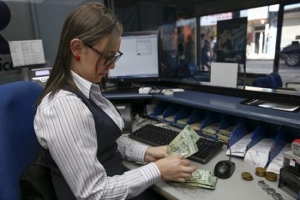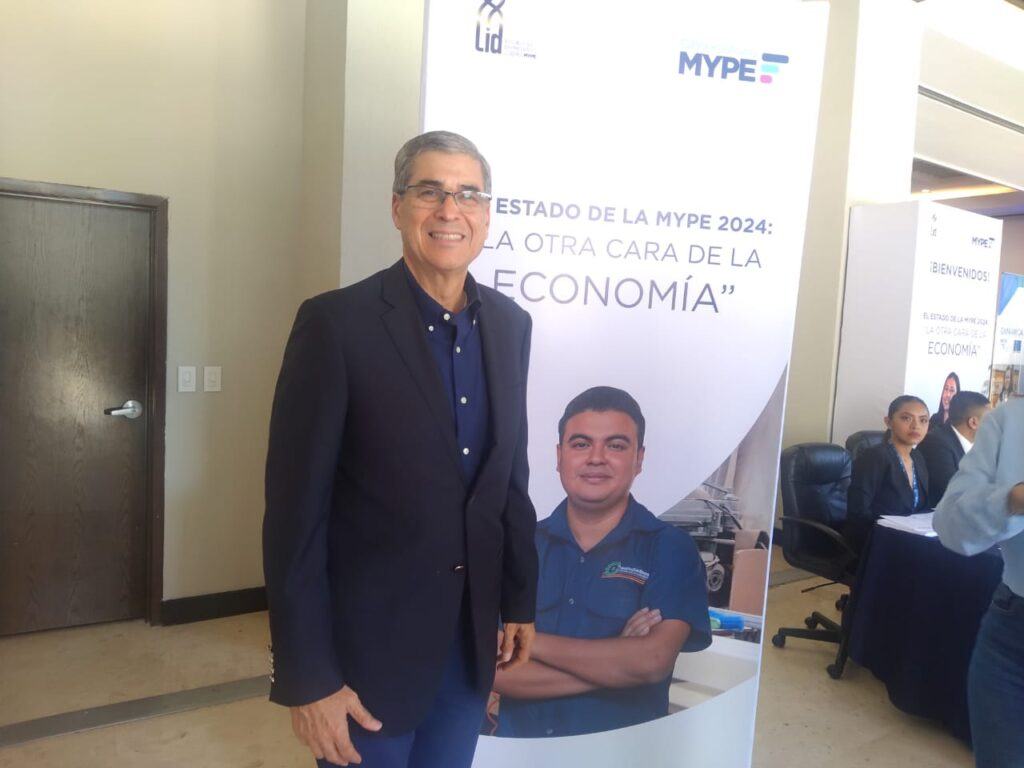
The ESCUELA LID of the Fundación Salvadoreña de Apoyo Integral (FUSAI), through the Mype Observatory, presented on thursday, august 29, the second report “State of the MSE 2024: The Other Face of the Economy”.
The launch event was sponsored by the DINAMICA II Initiative, a collaboration between the Central American Bank for Economic Integration (CABEI), the Government of Germany, through KfW, and the European Union. The report also received partial financial support from We Effect, USAID Catalyze WBR, ACTEC, FUSAI and Integral, tu Banca Mype.
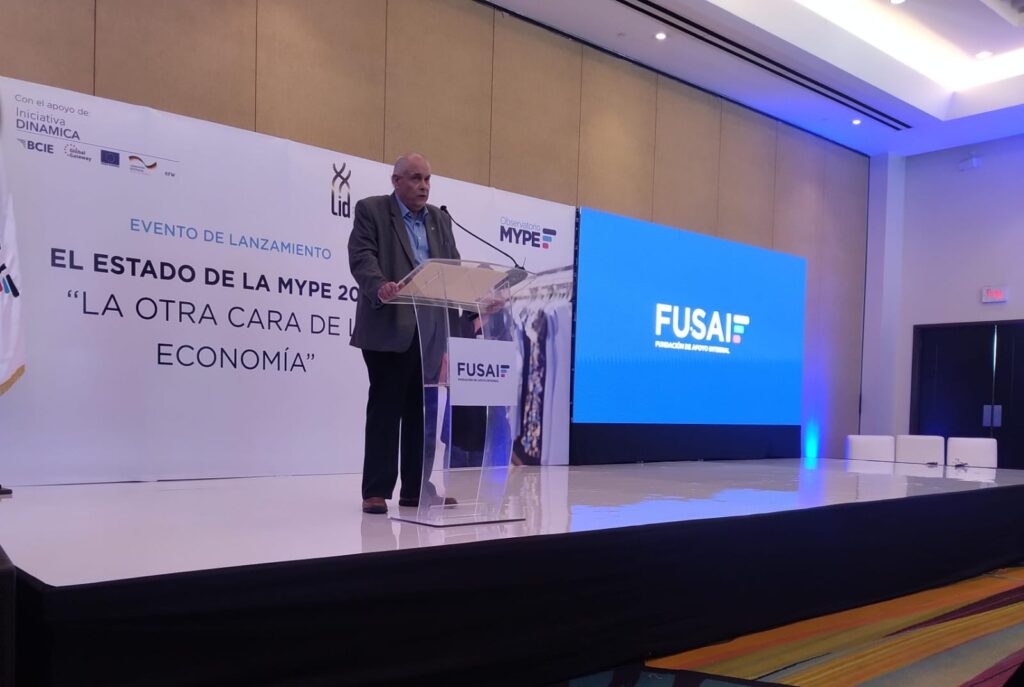
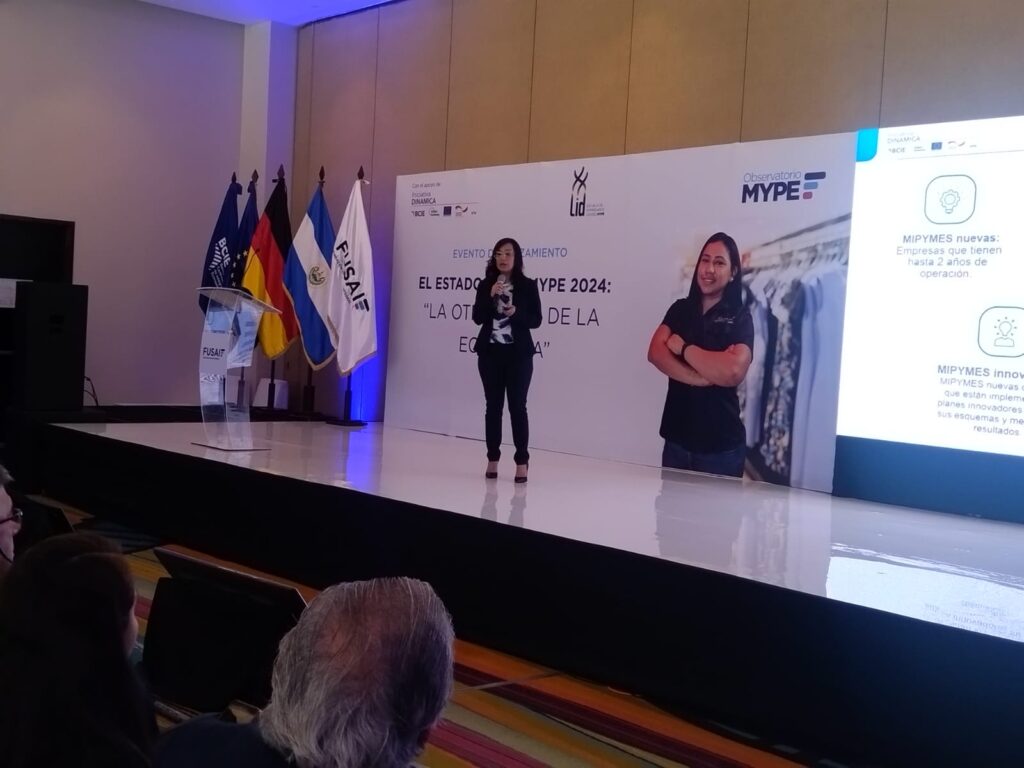
The results obtained establish that the average contribution of microenterprises between 2016 and 2023 represents 42.9% to the GDP, which makes them the fundamental pillar of the Salvadoran economy. Not only are they the country’s major economic engine, but their performance determines general well-being: when microenterprises prosper, most families also prosper; when they face difficulties, the impact is felt at the national level.
The report addresses crucial and topical issues for El Salvador, such as the contribution of MSEs to GDP, the business environment they face, and efforts to promote their transition from informality to formality. It also explores the financial difficulties, particularly of microenterprises, their role in preventing forced migration through entrepreneurship, as well as the challenges and opportunities arising from the recent expansion of dynamic sectors such as tourism and construction in the country.
The research, conducted in partnership with the El Salvador program of the Latin American Faculty of Social Sciences (FLACSO), presents key information that allows us to appreciate the impact of microenterprises on El Salvador’s Gross Domestic Product (GDP). GDP, defined as the total value of all goods and services produced in a territory during a given period, generally one year, is a key indicator of a country’s economic health and is used to measure its economic growth and compare its performance with that of other economies.

However, over the past three years, microenterprises, in particular, have been significantly affected by the effects of the debt overhang generated by the pandemic, by the high impact of the pandemic that has eroded their profit margins, and by the difficulties in integrating optimally into the country’s new economic growth chains.
Although most microenterprises are successfully meeting these challenges, demonstrating their high degree of resilience, the data reveal that one in three microenterprises face financial difficulties that require comprehensive attention. FUSAI’s report indicates that it is crucial to find ways to support these struggling microenterprises in ways that will boost their recovery and long-term growth.
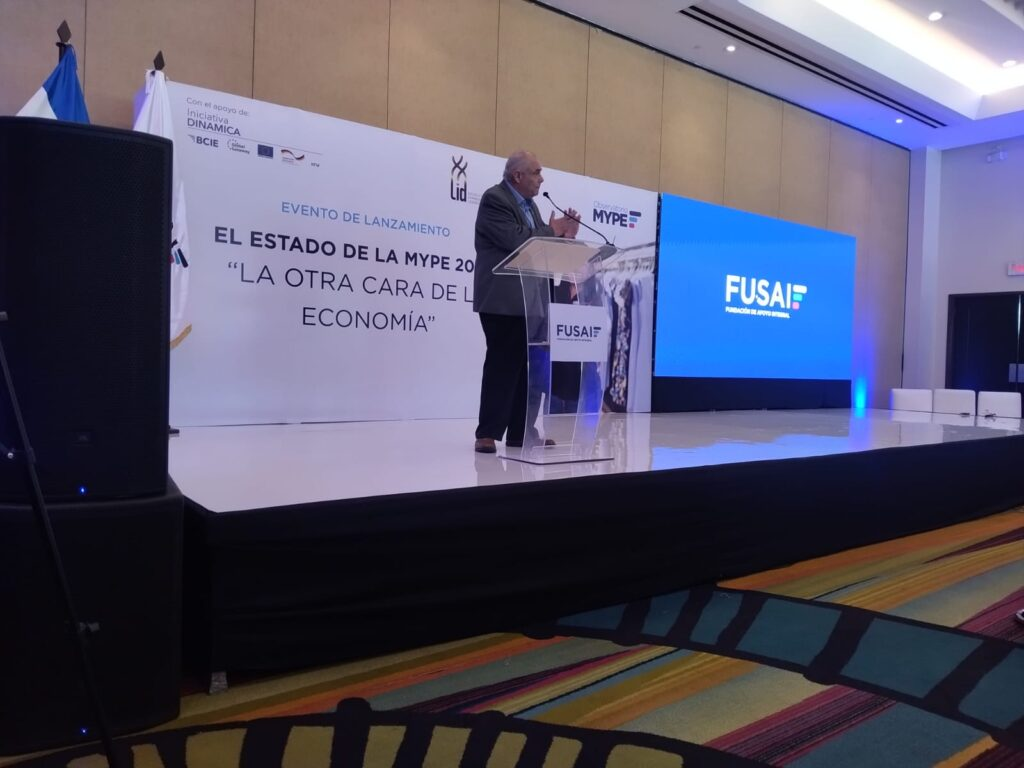
The report also points to the need for a comprehensive analysis that would allow the country to implement a Comprehensive Rescue Plan for microenterprises facing difficulties. According to the results of the investigation, it is necessary to pay special attention to those subsistence micro-entrepreneurs who did not have sufficient resources and capacities to absorb the impacts of the crisis resulting from the Covid 19 pandemic.
The document calls attention to the need for the implementation of comprehensive support programs, including food assistance and protection of the basic food basket, in addition to financial and training support. The Report warns that as a result of the improvement in the country’s security conditions, MSEs are facing increased competition, not only from other local microentrepreneurs, but also from new enterprises, including medium and large ones. In this regard, the document emphasizes the urgency of implementing a comprehensive plan to develop microenterprises in El Salvador, creating a support ecosystem that leverages existing opportunities and involves the private sector, public sector, investors, banks and other key actors.
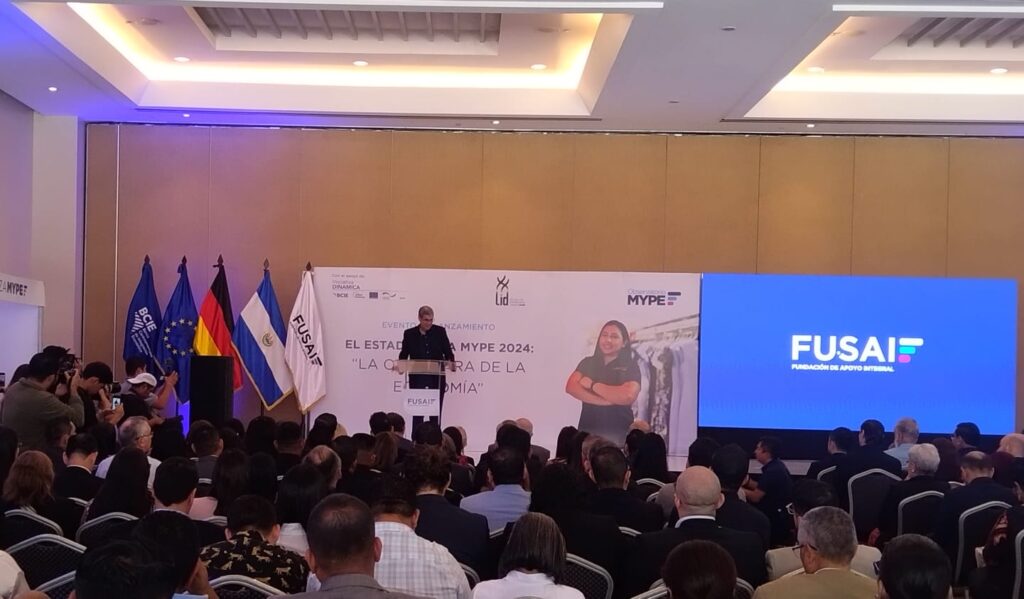
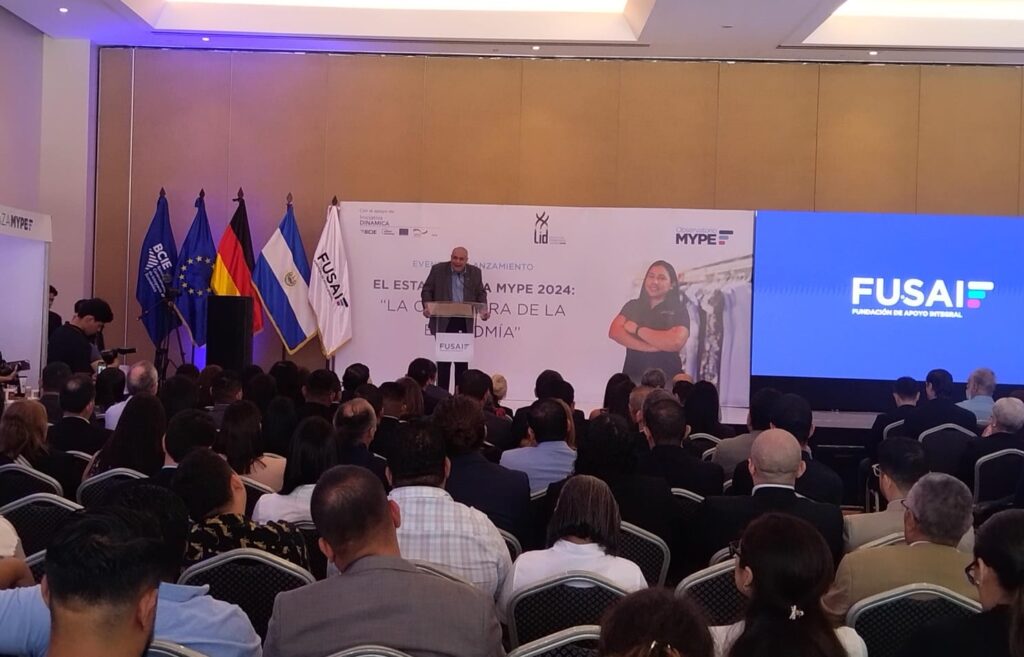
Main findings of the report
Chapter 1 of the report reveals that between 2016 and 2019, the contribution of microenterprises to GDP grew slightly, helping to reduce poverty and inequality. However, the Covid 19 pandemic in 2020 caused GDP to fall by 7.9% and poverty to increase by 3.4 percentage points, despite the higher contribution of microenterprises. In 2021, the economy recovered with 10.3% growth, temporarily benefiting microenterprises. However, inflation, especially in food, began to affect their contribution to GDP, limiting poverty reduction to only 1.6 percentage points. By 2023, persistent inflation reduced the contribution of microenterprises to GDP to 36.3%, exacerbating poverty and inequality.
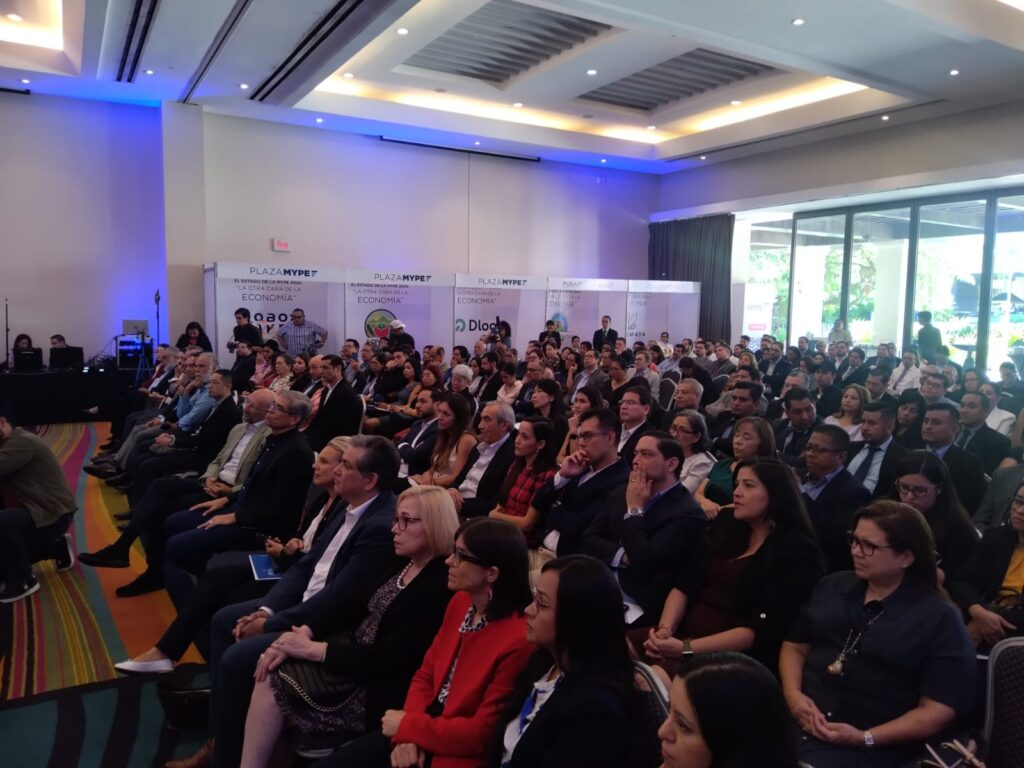
These data show that, although microenterprises still play a leading role in the country’s economy, they have faced problems in recent years. Despite sustained economic growth of 3% in the country’s overall GDP, microenterprises have not been able to find ways to fully benefit from this expansion. Between 2021 and 2023, only 25% of microentrepreneurs reported consistent increases in sales, employment and investment, indicating that only a quarter have benefited from the economic upturn.
To better understand the dynamics of the sector, Chapter 2 shows what the business dynamics of microenterprises have been like during this period. In 2020, the percentage of microentrepreneurs who perceived their situation as unfavorable, although declining, exceeded those who considered it favorable. This perception improved until the fourth quarter of 2022, when 41.1% considered it favorable, but then declined again, with a net favorable average of 16.5% between 2023 and 2024.
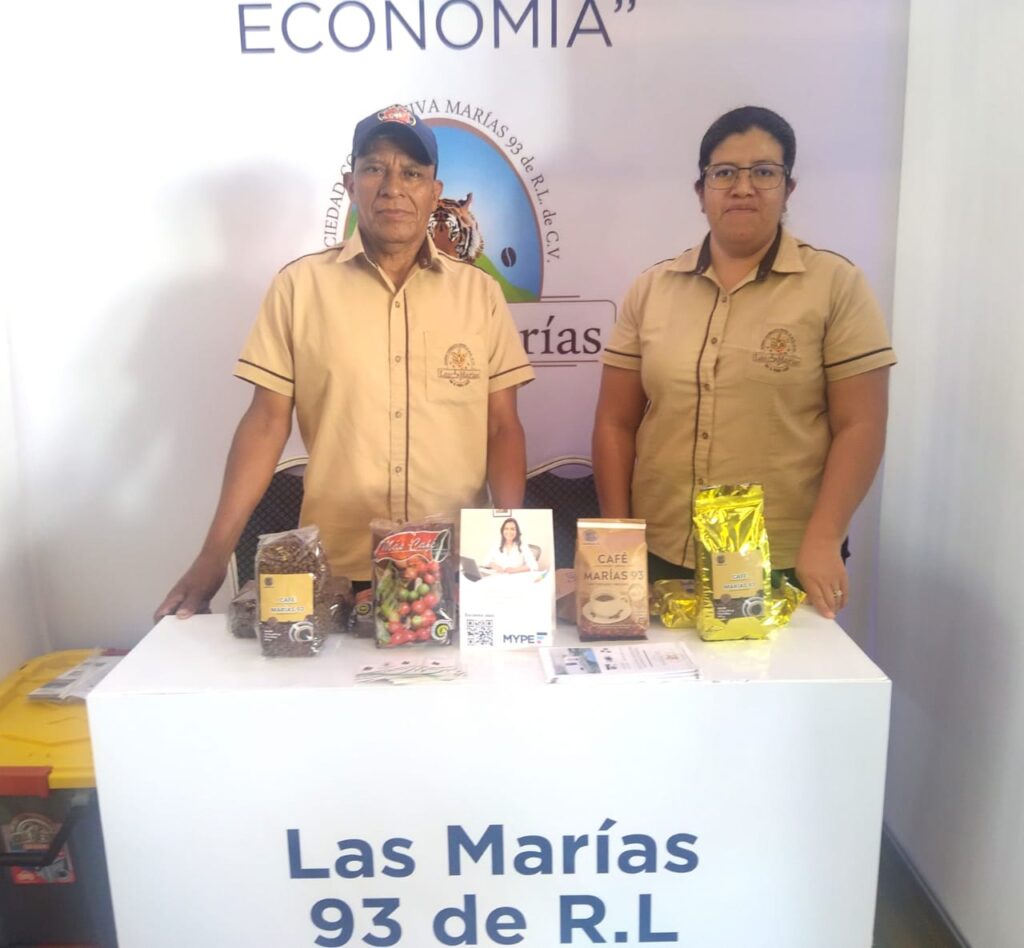

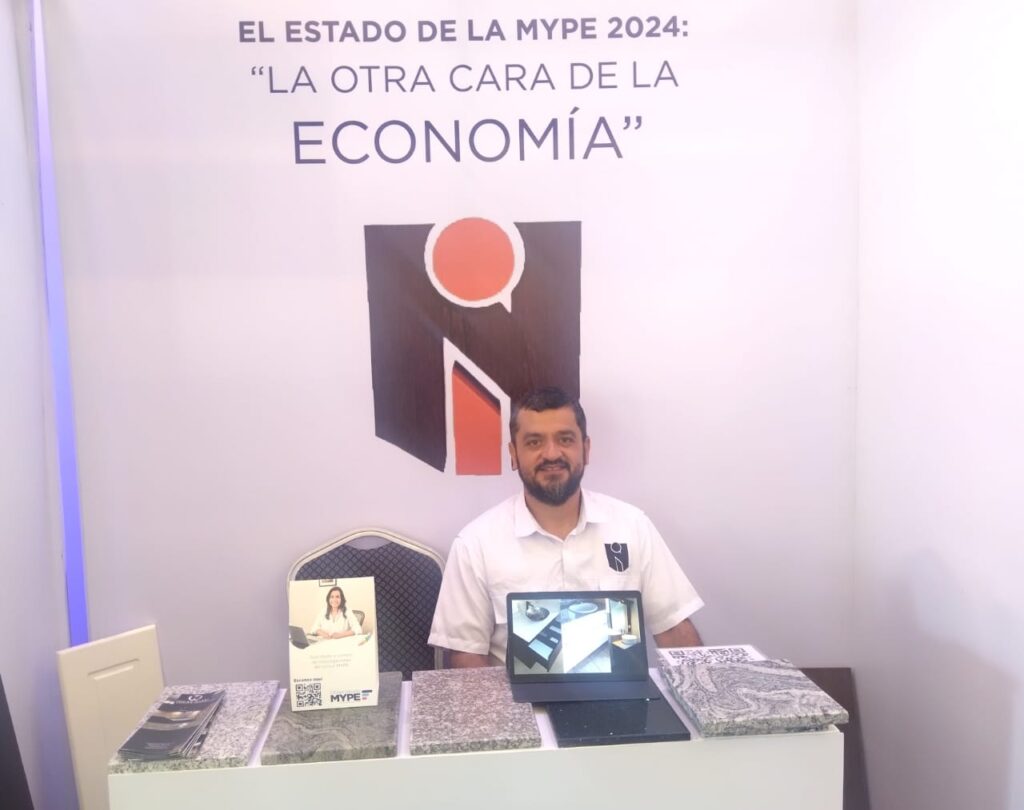
Against this complex backdrop, chapters 3, 4, 5 and 6 expand on the reality of the sector’s situation, addressing the different structural barriers and the most significant socioeconomic challenges affecting various segments and sectors of microenterprises.
Chapter 3 reveals that 76% of microenterprises operate informally, and the remaining 24% in a semi-formal sector that complies with only some legal obligations. It highlights that, with current regulations, many subsistence and simple accumulation entrepreneurs would find it difficult to comply with regulations, as their income barely covers daily expenses.
Chapter 4 highlights that 35.3% of women microenterprise owners assume full responsibility for care services, which limits the growth of their businesses. In addition, women entrepreneurs tend to concentrate in less profitable sectors, while men focus on more profitable sectors. The low educational level of many women microentrepreneurs is also an obstacle to their growth.
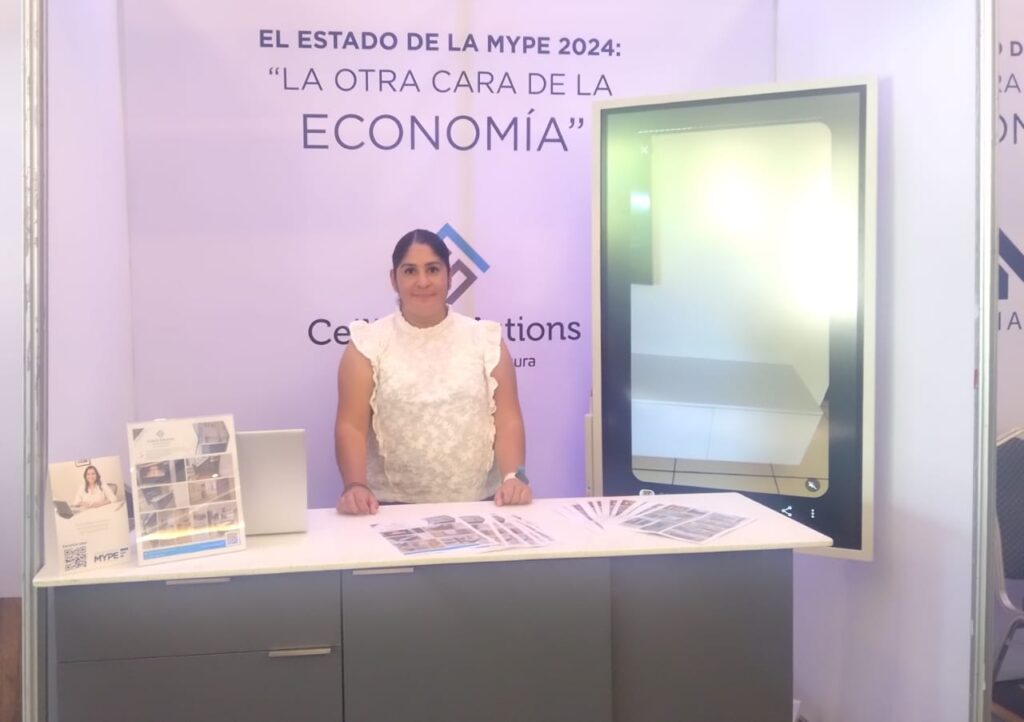
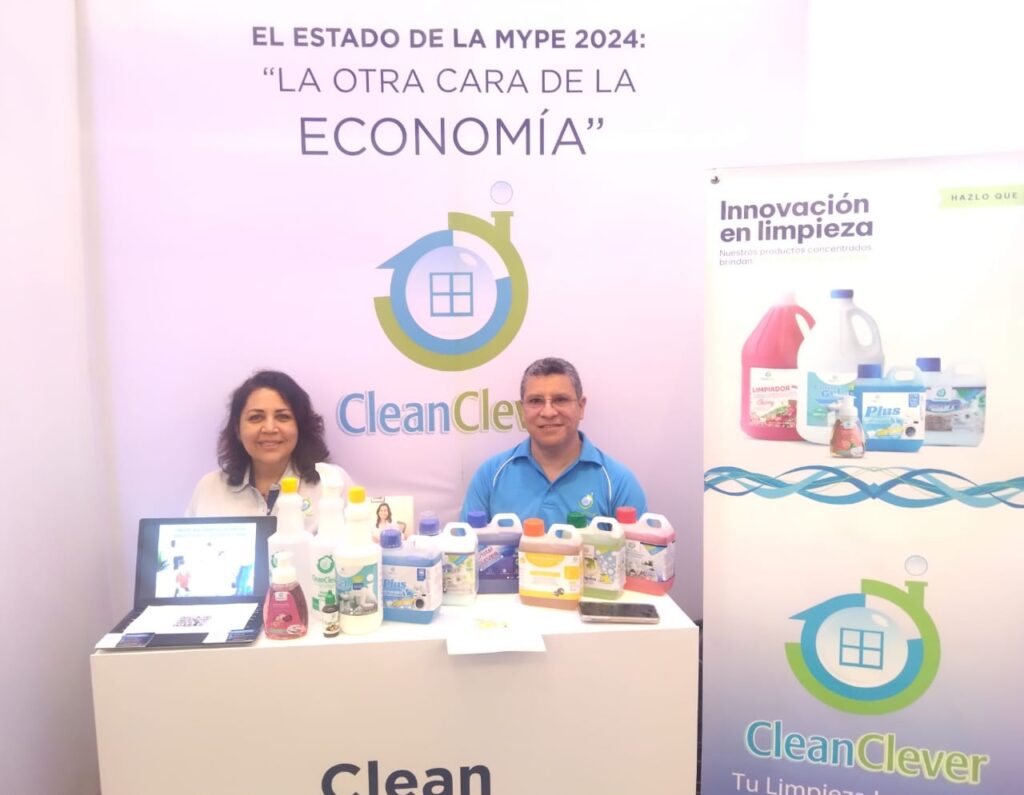
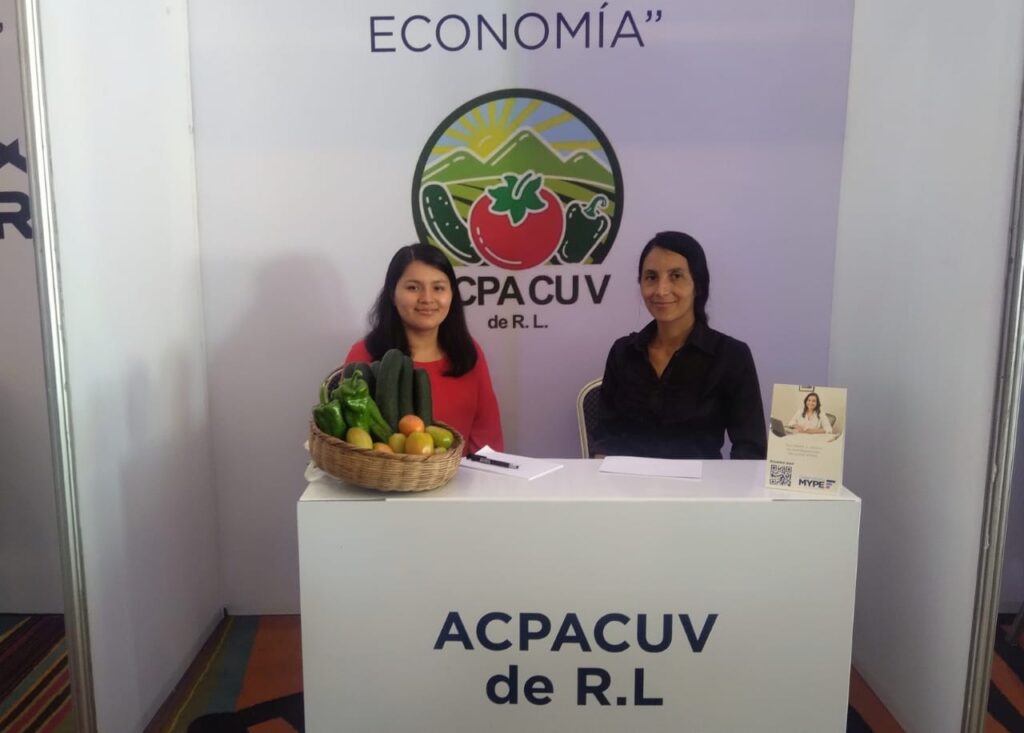
Chapter 5 of the report highlights the importance of remittances: 44.8% of entrepreneurs who receive remittances have allocated part of these funds to establish or strengthen their business, which means that there is an opportunity to create a culture more inclined to the productive use of remittances, thus enhancing the growth of the sector.
Overall, the Report as a whole holistically characterizes the reality of this crucial sector and emphasizes the urgency of a comprehensive plan to develop microenterprises in El Salvador, creating a supportive ecosystem that leverages existing opportunities and involves the private sector, public sector, investors, banking and other key actors. The objective should be to foster the sustainable growth of microenterprises and ensure that economic benefits reach all strata of microenterprises, especially the most vulnerable.


The delivery of this report reinforces FUSAI’s commitment to building a prosperous future for all segments of MSMEs in El Salvador. The report emphasizes that strengthening microenterprises ensures their role as an economic engine and social stabilizer in the sustainable development of the country. The data presented reveal a facet of the salvadoran reality that had been hidden in the official statistics, allowing a better understanding of the life and challenges of those who sustain the country’s economy with their daily efforts, from rural areas to urban peripheries.
These microenterprises, like the people who sell coffee at bus stops or prepare pupusas on the sidewalks of their homes, reflect the essence and resilience of the salvadoran economy.



